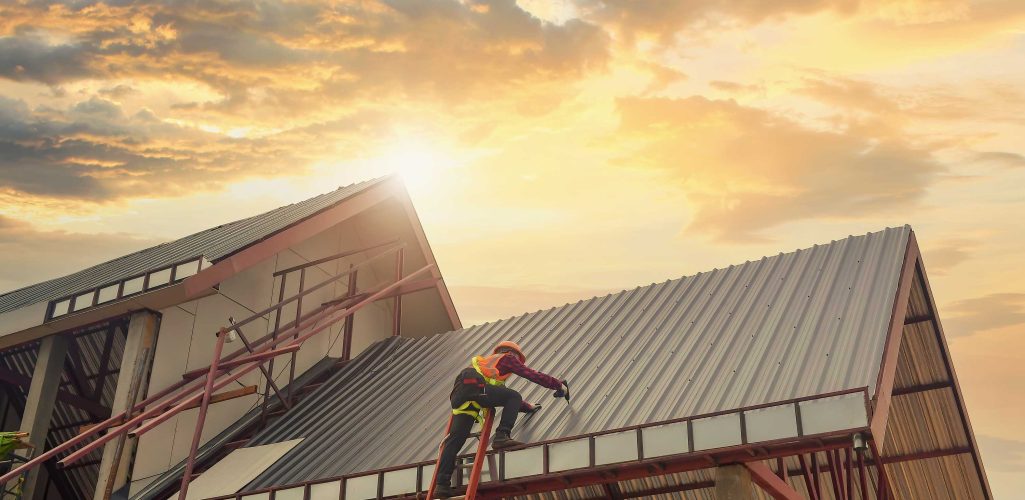Roof replacement is a significant home improvement project that can enhance your property’s value, energy efficiency, and overall protection. Whether your current roof has reached the end of its lifespan or you’re looking to upgrade to a more durable material, understanding the roof replacement process is crucial. In this blog post, we will guide you through the steps involved in a roof replacement, from start to finish.
Initial Roof Assessment: The first step in the roof replacement process is a comprehensive assessment. A professional roofing contractor will inspect your existing roof to determine its condition and identify any underlying issues. This assessment helps in creating a plan for the replacement project.
Material Selection: Once the assessment is complete, you’ll work with your roofing contractor to choose the right roofing material for your home. Options include asphalt shingles, metal roofing, clay tiles, and more. Consider factors like durability, aesthetics, and budget when making your selection.
Permitting and Documentation: In many areas, a roof replacement project requires permits and documentation. Your roofing contractor will handle the necessary paperwork to ensure compliance with local regulations and codes.
Tear-Off or Overlay: Depending on the condition of your existing roof, you may have the option to tear off the old roofing material or overlay the new material on top. Your contractor will advise you on the best approach based on the assessment.
Preparation and Protection: Before installation begins, your contractor will prepare the site by protecting your property, landscaping, and adjacent areas. This typically involves laying down tarps and ensuring proper safety measures.
Installation: The installation process involves applying the new roofing material according to manufacturer guidelines and industry best practices. This includes laying underlayment, flashing, and the roofing material itself.
Quality Inspection: After the new roof is installed, a thorough quality inspection will be conducted to ensure that the work meets the highest standards. This inspection includes checking for proper sealing, flashing, and ventilation.
Clean-Up and Debris Removal: Once the roof replacement is complete, your contractor will clean up the job site, removing debris and ensuring your property is returned to its pre-project condition.
Final Inspection and Approval: A final inspection will be carried out, and any remaining concerns or questions will be addressed. Once you are satisfied with the work, you will approve the project’s completion.
Warranty and Maintenance: Your roofing contractor will provide you with information on your new roof’s warranty and offer guidance on ongoing maintenance to prolong its lifespan.
Understanding the roof replacement process is essential for a successful and stress-free home improvement project. By working closely with a reputable roofing contractor and following these steps, you can ensure that your new roof provides long-lasting protection and enhances the beauty and value of your home.

